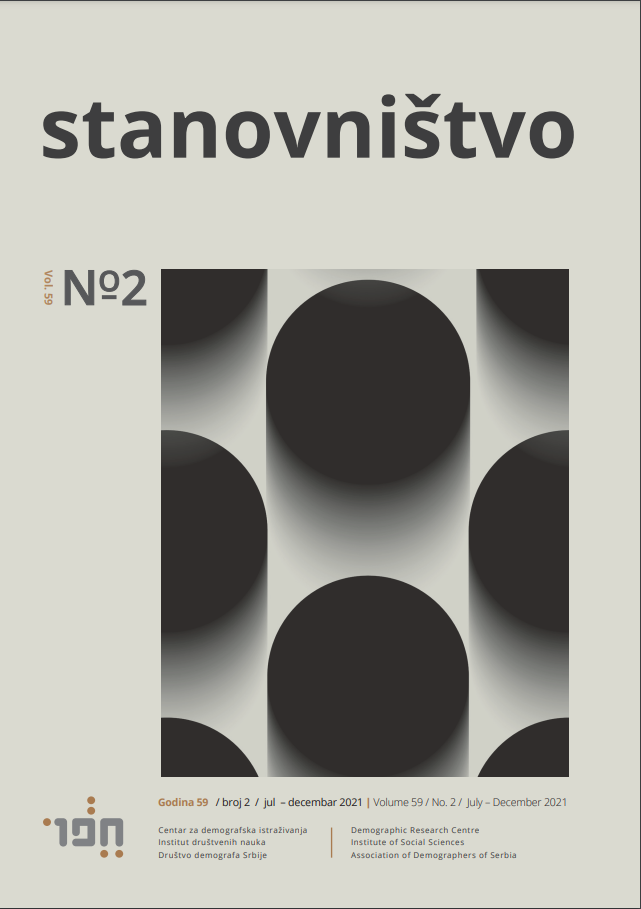Rodni platni jaz u Srbiji: nasleđe i izvori platnog jaza
Gender wage gap in Serbia: inheritance and sources of the wage gap
Author(s): Kosovka OgnjenovićSubject(s): Economy
Published by: Институт друштвених наука
Keywords: gender wage gap; sample selection model; Serbia; transition; wage regression
Summary/Abstract: The aim of this paper is to determine the size, structure, and significance of the differences in wages between men and women during the early transition in Serbia in the 2000s. During that period, a new legislative framework was established in the field of labour relations, which enabled greater liberalisation in the labour market and resulted in a reduction in the activity rate, especially of women. Following the experiences of other post-transition countries, it may be expected that economic and social changes caused by the transitional shocks may stimulate different behaviours in the labour market of both the employers, through their impact on determination of wages, and the labour force, through workers’ choice to remain or to permanently exit the labour market. This could affect not only the deepening of gender differences, but also the emergence of discrimination in wage setting.The paper applies the parametric sample selection model, on the basis of which the probability of women's participation in the labour market is estimated, as well as the wage functions of men and women. Data from the Living Standards Measurement Survey for 2002 and 2007 are used. Theoretically expected results are obtained; children and marital status with a negative sign, and sources of non-working income with a positive sign influence the probability of women's participation in the labour force. The estimated equations of wages of men and women indicate differences in the structure of wages, which provides the basis for the application of the statistical procedure for the decomposition of the gender wage gap.Examination of the initial hypothesis revealed the presence of a significant gender wage gap, which was the largest in 2002 (10.96%), falling to 5.97% in 2007. The gender wage gap in Serbia cannot be explained by the differences in the observed characteristics of men and women, since they act in the direction of reducing the overall gap and their effect is stable, amounting to between -5.51% (2002) and -5.43% (2007). Therefore, the decline in the gender wage gap is the result of reducing the gap in the unexplained part from 17.43% (2002) to 12.06% (2007). Over the observed period, the unexplained part of the gender wage gap remains persistent and leaves room for consideration of the potential effects of discrimination and possible directions of public policy.
Journal: Stanovništvo
- Issue Year: 59/2021
- Issue No: 2
- Page Range: 123-141
- Page Count: 19
- Language: Serbian

